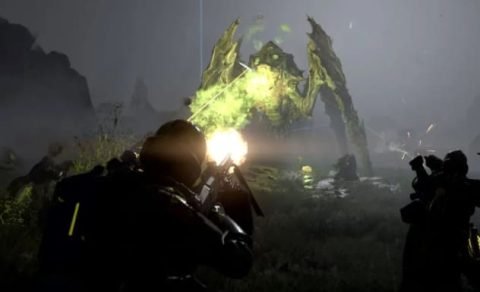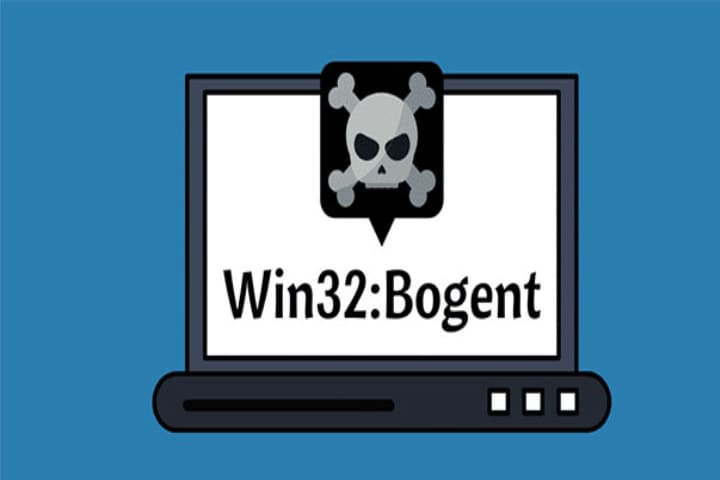Win32:Bogent is a harmful computer virus belonging to the Trojan horse category. This malware primarily targets Windows operating systems (hence the “Win32” designation), aiming to infiltrate and compromise user devices. Win32:Bogent can execute various malicious activities upon successful infection without the user’s consent or knowledge.
Typically, the Bogent virus gains access to a system through deceptive emails, malicious websites, or infected downloads. It can exploit vulnerabilities in the operating system, software, or security measures to gain a foothold. Once inside, it may create a backdoor, allowing remote hackers to access and control the compromised system.
The primary objectives of Win32:Bogent include data theft, espionage, keystroke logging, and downloading additional malware. It can also facilitate unauthorized access to the affected system, enabling cybercriminals to manipulate files, collect sensitive information like passwords or financial data, and perform other damaging actions.
Win32:Bogent often operates discreetly, making its detection and removal challenging. Employing robust antivirus software and regularly updating system patches can help mitigate the risk of infection and enhance overall system security.
Recommended: How To Fix Razer Synapse 2.0.msi can’t be Found
What is Win32:Bogent
Win32:Bogent is a heuristic detection tool by an antivirus program. It involves files located on the host system. This alert shows when you try to update or launch a game using a legitimate application like Steam and a warning from antivirus software.
How to Remove Win32:Bogent?
Win32:Bogent is a computer virus that can cause harm to your system, compromise your data, or even steal sensitive information. Removing it from your computer immediately is essential to prevent further damage. Here’s a general guide on how to remove the Win32:Bogent virus:
Update Your Antivirus Software
Ensure your antivirus software is updated. Antivirus programs regularly release updates to detect and remove new threats, including Win32:Bogent.
Run a Full System Scan
Scan your system thoroughly by using your antivirus software. Allow the program to scan all files and directories on your computer to identify and quarantine any infected files.
Quarantine Infected Files
Follow the antivirus program’s instructions to quarantine or remove the infected files when the scan is complete. Quarantining isolates the files to prevent them from causing harm while allowing you to review them later.
Delete Infected Files
Review the list of quarantined items once the antivirus software has identified and quarantined the infected files. Delete or remove any files placed as Win32:Bogent or any other malware.
Restart Your Computer
Restart your computer to ensure that any malware processes or activities are terminated.
Check for System Changes
After restarting, check for any unusual system behaviour, unexpected pop-ups, or other signs of malware activity. Run another scan to confirm that the system is clean.
Update Operating System and Software
Ensure your operating system, antivirus software, and all other essential applications are updated with the latest security patches and updates.
Implement Security Best Practices
Apply best practices for online security, such as avoiding suspicious websites, not clicking on unknown links or email attachments, and regularly backing up your important data.
Consider Professional Help
If you’re unsure about removing the virus or suspect that the infection has caused severe damage, seek help from a professional computer technician or cybersecurity expert.
Prevent Future Infections
Be proactive in preventing future infections by maintaining updated antivirus software, regularly scanning your system, and being cautious with online activities.
If the Win32:Bogent virus persists or you’re having difficulty removing it, seeking assistance from a professional is advisable to ensure the virus is completely eradicated from your system.
Is Win32:Bogent false positive or a real threat?
It depends on when the warning was detected. In case of triggering the alert when launching the steam client, it is a false positive.
This is because of the method of the steam client working and the heuristic analysis the program performs to launch the application.
If you face Win32:Bogent [susp] avast alert, you can remove it by performing a few steps. You can resolve this error by using an advanced antivirus solution.
When the Computer restarts in Safe Mode, delete the malicious files and malware infection from the computer. When done, restart the Computer to resume the essential functions.








